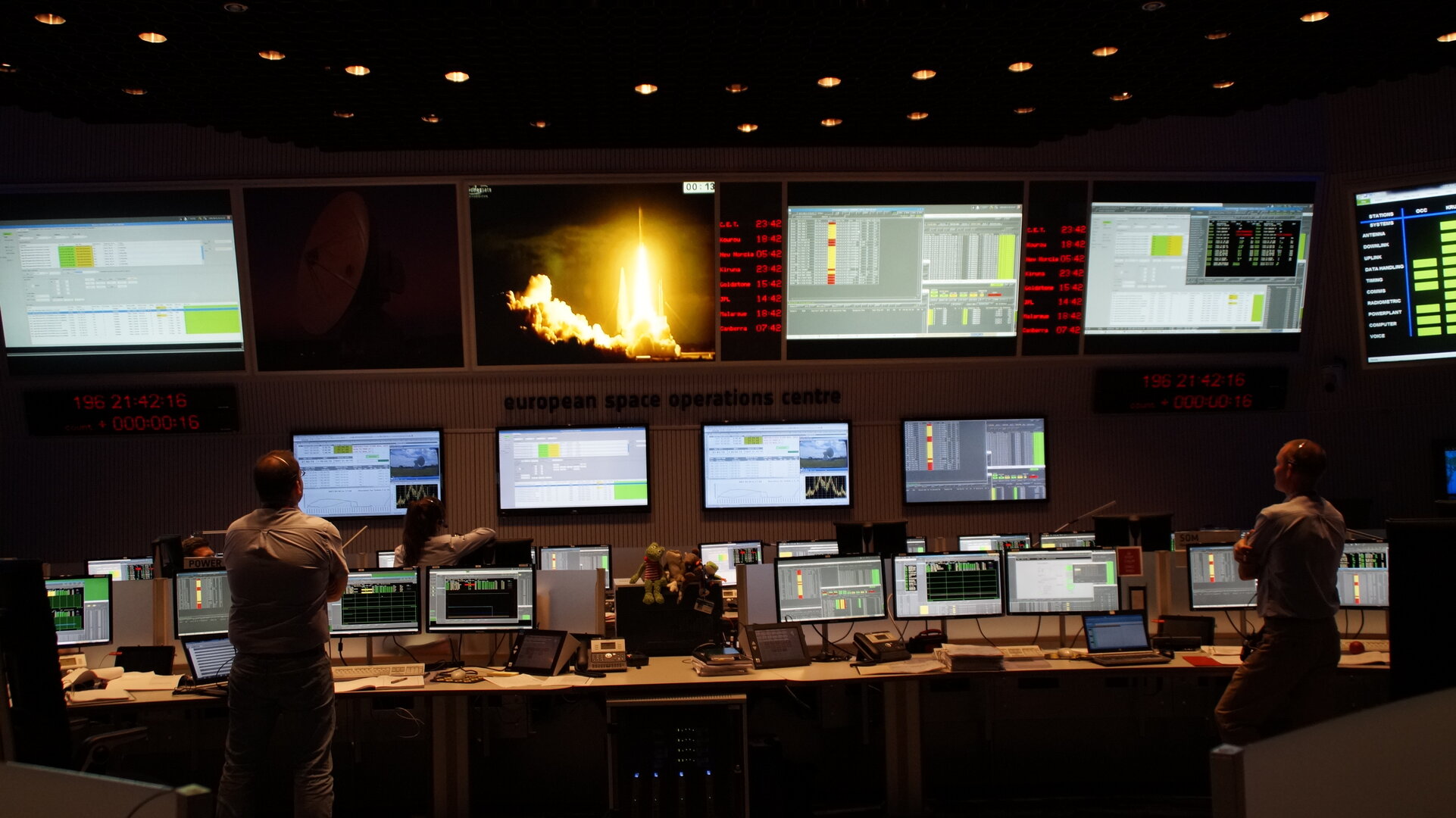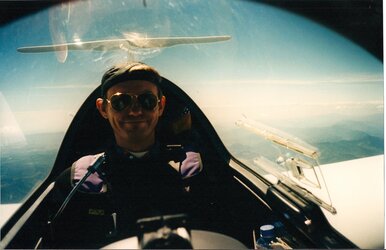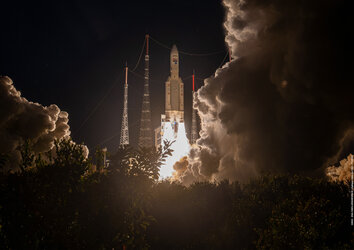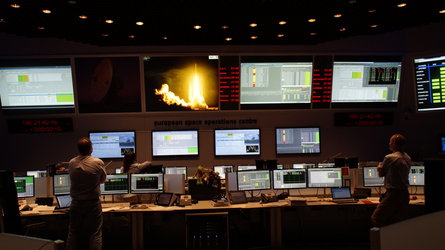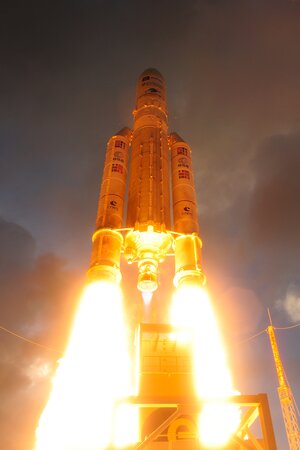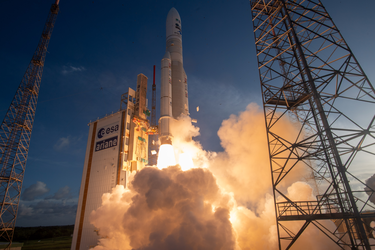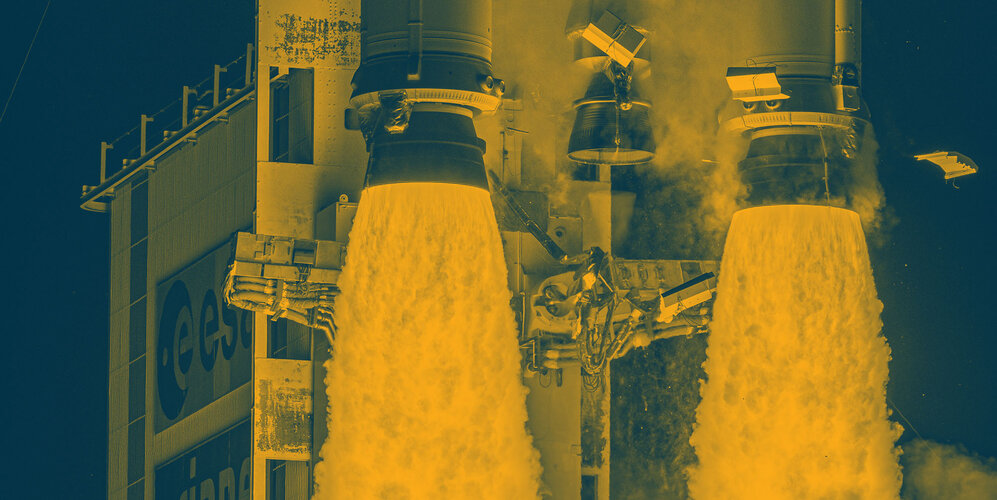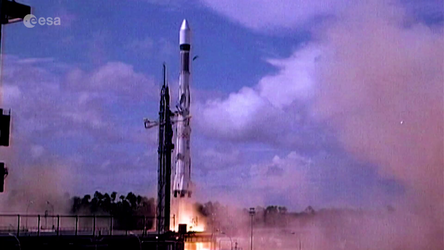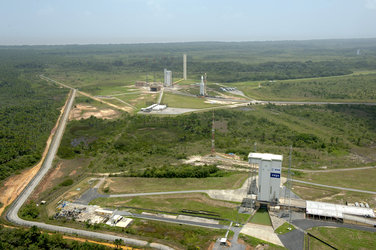Portraits of Ariane 5: No.1, Paolo Ferri
The Ariane 5 launcher said a graceful goodbye in July after nearly three decades of loyal service. Many people contributed to its success over the years and, in a new series of conversations, some have shared their personal and professional experiences with Annia Domènech.
First up is Paolo Ferri, former Head of the Mission Operations Department at ESA ESOC in Darmstadt.
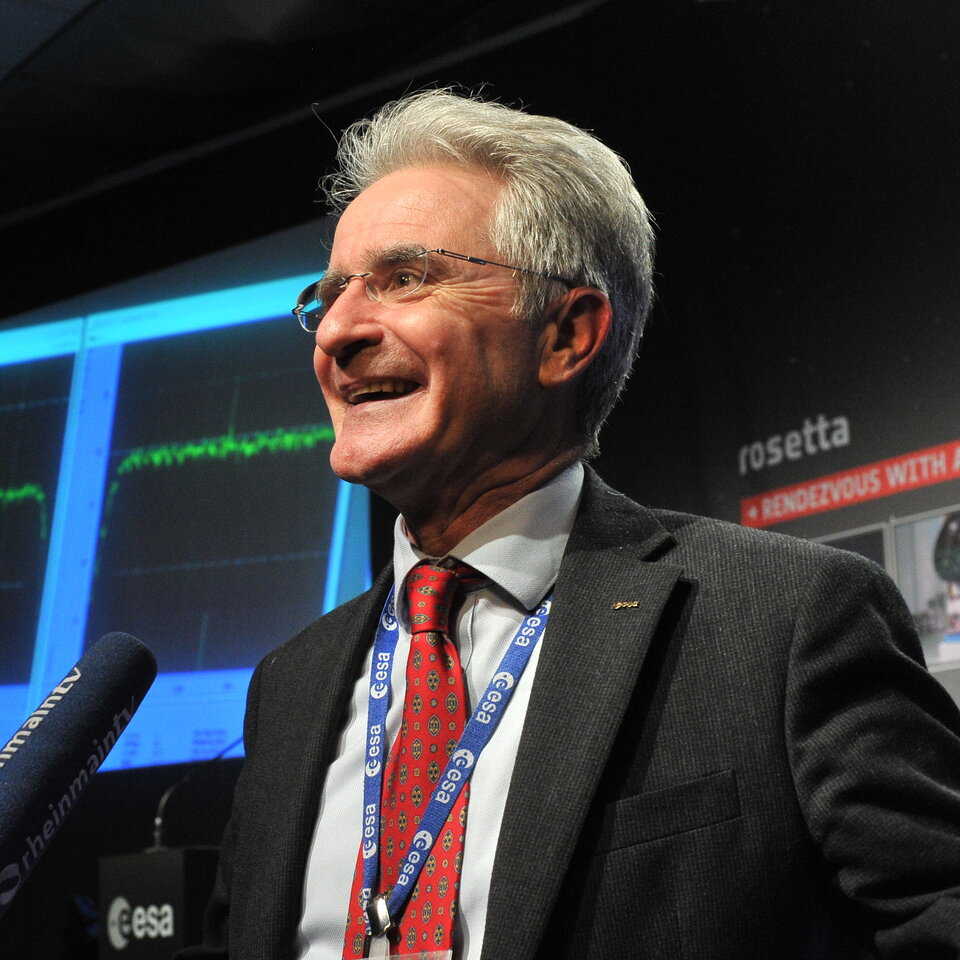
"I worked all my career for ESA Mission Operations at ESOC," says Paolo. "My relationship with Ariane 5 goes back to the very beginning because I was responsible for the operations of ESA’s Cluster mission. This mission – a set of four satellites that would investigate Earth’s magnetic environment – was due to fly on the first Ariane 5 flight.
"The launch was planned for 4 June 1996. Unfortunately, it was a failure: the rocket exploded 37 seconds after launch, destroying the four satellites. Fortunately, they were then rebuilt and launched four years later on two Soyuz rockets. That was the start of the Ariane 5 adventure, but it was not a good start for me!
"My next experience with Ariane was the Rosetta mission. Five weeks before its launch, planned for the 13 January 2003, another Ariane 5 failed. Rosetta was too important to take any risk and the Director General at the time decided to postpone the launch, waiting for the results of the Ariane 5 failure investigation. This meant that Rosetta would miss its appointment with the comet. We at ESOC needed to find another comet and another trajectory. And quickly.
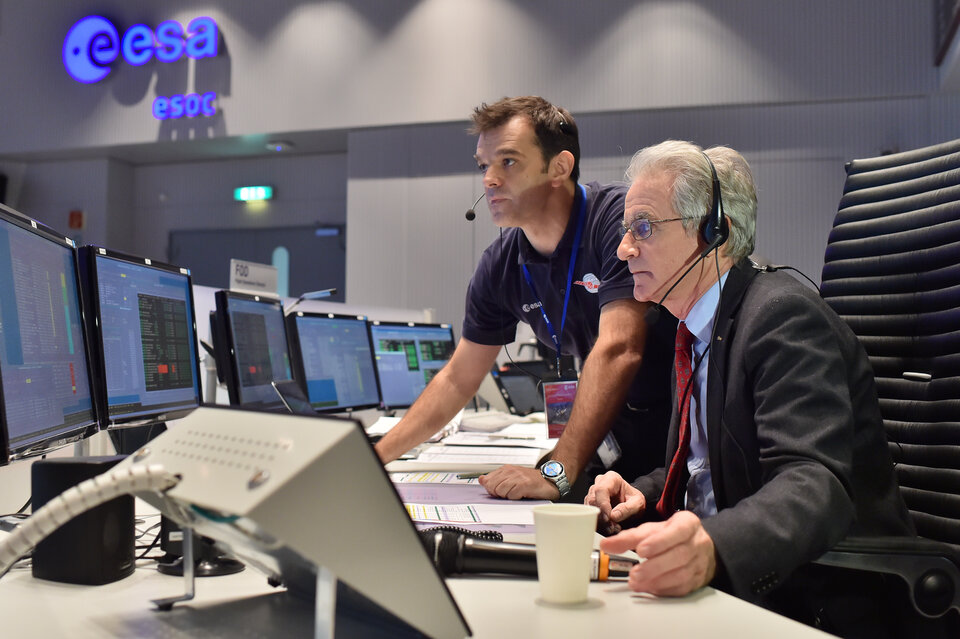
"The launch of Rosetta towards its new target comet took place successfully on 2 March 2004. I was still very angry with Ariane 5, but this time it did a very good job. In fact, it put us on a perfect trajectory, which saved a lot of fuel and contributed to saving the 12-year mission, when a leakage in the propulsion system forced us to revise the trajectory.
"I finished my career at ESA at the end of 2020. During my last eight years, I was Head of ESA’s Mission Operations. I was involved in all Ariane 5 flights that launched ESA spacecraft, including Meteosat Second Generation in 2015 and BepiColombo in 2018. After the initial failures, the rocket was super reliable and always did an excellent job. BepiColombo is still flying today on its way to Mercury. It will take another two and a half years to reach it. It was the last spacecraft I launched with Ariane 5.
"In total, my 'Ariane experience' covers a period of of 25 years, almost the full lifetime of Ariane 5. Nonetheless I have never been at the launch site to see an Ariane 5 lifting off. I was in Kourou in 1995 for the preparation of the launch of Cluster, I saw the Ariane 5 being brought to the launchpad, but I could not be there during the launch: in that moment my place was in the ESOC control room with my team.
"In December 2019, my second time in Kourou, I saw the launch of Cheops, but it was on a Soyuz. After the end of my career, I was invited to attend the launch of the James Webb Space Telescope in 2021 but, unfortunately, I could not go.
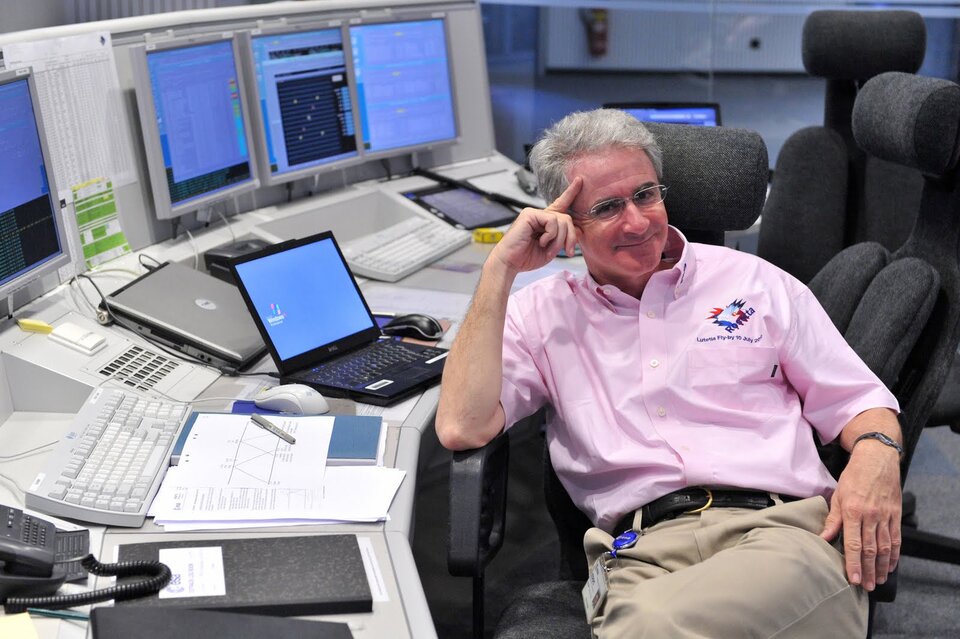
"Our job at ESOC is to control the spacecraft or satellite during flight. During the rocket ascent we have no contact with the satellite. We just watch the launcher waiting for it to complete its job. When the launcher has put the satellite in the target orbit, the satellite separates from it and automatically activates its radio transmitter. At this point we establish the first contact, receiving the radio signal with one of our antennas on the ground.
"From that moment until the end of the mission, we control the satellite: that is, we not only monitor and control its trajectory, but also we operate all functions on board, from scientific measurements and taking pictures, to transmitting the collected data to ground. To do this we transmit thousands of commands per day to the spacecraft, and monitor tens of thousands of telemetry parameters.
"The data we receive and collect from the spacecraft are then distributed to the users. These data are the mission 'products' which, depending on the mission, can be Earth observation measurements, images of planets, stars or distant galaxies. At the beginning of my career, spacecraft were quite primitive and required almost constant monitoring and control from ground. Today they are much more autonomous, so we normally establish contact with them only for a few hours per day.
"At ESOC we are still operating missions that are over 20 years old. For example, on 2 June this year we celebrated the 20th anniversary of Mars Express. You cannot imagine what can happen to one of these machines in 20 years. Failures, ageing of the onboard units, unexpected software bugs, all these things have to be tackled and solved by the mission operators on ground. This makes our job quite stressful but also extremely interesting. You need a lot of engineering skills but also creativity to develop solutions to fix machines that fly in space, sometimes at hundreds of millions of kilometres from Earth.
"In the whole history of Ariane 5, there were only two full launcher failures, and both affected my work! At the Rosetta launch, I was very nervous and scared. Then we got used to Ariane 5 being so reliable, and we built up the necessary confidence.
"Emotionally, I would like to see Ariane 5 continue forever, but I know that you cannot stay attached to old technology for too long. When Ariane 5 was late and Ariane 4 had to be phased out, we felt the same: why do we give up this wonderful machine to go on to the unknown, into something that, by the way, exploded at the first launch.
"Now the transition from Ariane 5 to Ariane 6 is much more critical because there is more competition around. But history shows that, if the concept is sound, success eventually comes. I wish Ariane 6 to be at least as successful as Ariane 5, which was really a very good launcher."
Ariane 5 had 117 successful launches and placed 239 satellites in orbit. The heavy launcher carried prominent payloads, such as ESA’s comet-chasing Rosetta mission, a dozen Galileo navigation satellites, the James Webb Space Telescope and recently Juice, the explorer of Jupiter and its icy moons.


